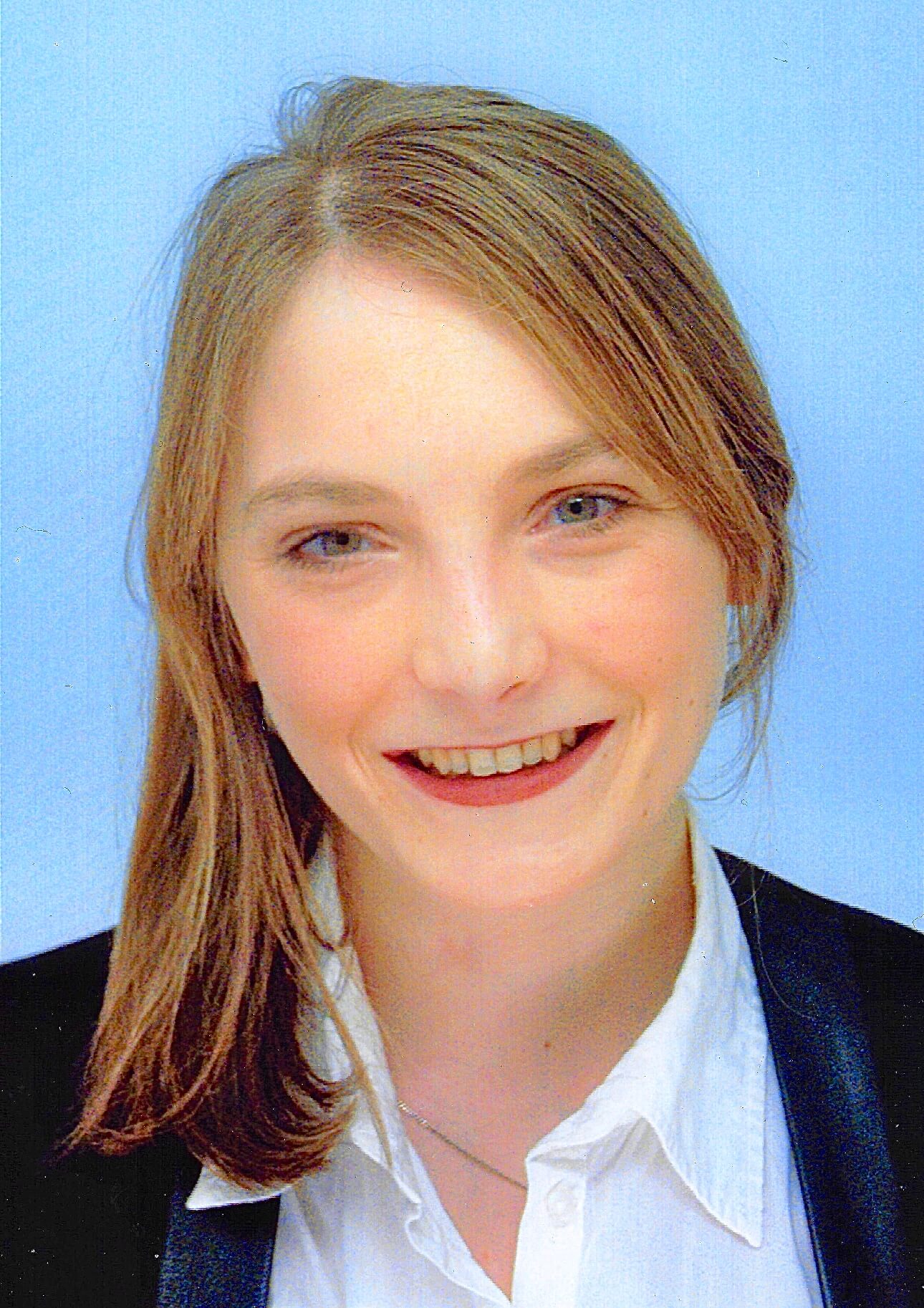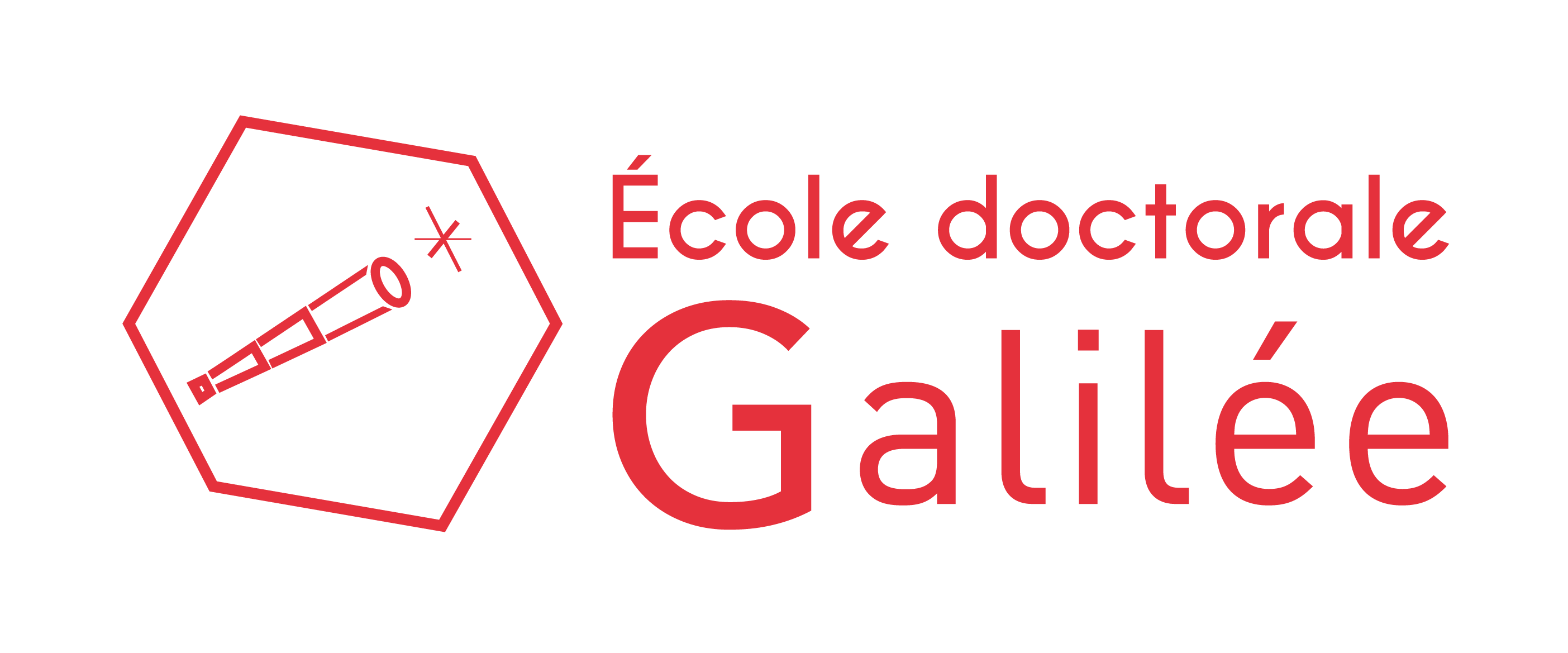
Spécialité : Sciences pour l’ingénieur
Laboratoire : Laboratory for Vascular Translational Science (LVTS)/ Collaboration avec Center for Molecular Biophysics-CNRS
Directrices de thèse : Christel Barbaud et Laurence Motte
Vecteur polyplexe pour la libération contrôlée de miARN pour le traitement de l’infarctus du myocarde
Un infarctus se produit lorsque la circulation sanguine vers une partie du coeur est interrompue. Après un tel événement, le muscle cardiaque a du mal à se réparer naturellement, ce qui peut entraîner des complications telles qu’une insuffisance cardiaque, un accident vasculaire cérébral (AVC) ou une récidive de l’infarctus. L’objectif de ce projet est de faciliter la régénération du coeur après une crise cardiaque en permettant la revascularisation de la partie endommagée de l’organe. Pour atteindre cet objectif, un patch est placé à la surface de la partie endommagée du coeur et va graduellement libérer un système complexe comportant des mi-ARN.Les mi-ARN pénétreront progressivement les cellules cardiaques et réguleront leur expression génique, stimulant ainsi la prolifération des cellules endothéliales qui forment la paroi des vaisseaux sanguins. En se multipliant, ces cellules endothéliales créeront de nouveaux vaisseaux sanguins, permettant ainsi à l’oxygène, aux nutriments et à d’autres éléments essentiels d’atteindre la partie endommagée du coeur. Cela fournira au tissu cardiaque tout ce dont il a besoin pour se régénérer.
Polyplex vector for miRNA delivery for the treatment of myocardial infarction
An infarction occurs when blood flow to a part of the heart is interrupted. After such an event, the cardiac muscle struggles to naturally repair itself, which can lead to complications such as heart failure, a stroke, or a recurrence of the infarction. The objective of this project is to facilitate heart regeneration after a heart attack by enabling the revascularization of the damaged part of the organ. To achieve this goal, a patch is placed on the surface of the damaged portion of the heart and will gradually release a complex system containing micro-RNAs (miRNAs).
The miRNAs will progressively penetrate the cardiac cells and regulate their gene expression, thereby stimulating the proliferation of endothelial cells that form the walls of blood vessels. By multiplying, these endothelial cells will create new blood vessels, allowing oxygen, nutrients, and other essential elements to reach the damaged part of the heart. This will provide the cardiac tissue with everything it needs to regenerate.

